FINAL FANTASY

Despite each major new release being numbered, Final Fantasy is a disparate series of games, each with their own characters and stories to tell. The only thing that carries over from title to title are certain enemies, character names, and the names of spells. Each new game introduces players to a completely unique world that is home to its own conflicts, locations, and rules. You can pick up any title in the franchise – except for direct sequels to previous titles – and follow along easily because you, like everyone else playing the game, is starting out at the beginning.
Final Fantasy VII is still one of the most beloved titles in the series. But compare it to the most recent game in the franchise, Final Fantasy XV, and the differences are night and day. FF VII is a turn-based RPG set in a dystopian future where an evil corporation is draining the planet of one of its most important energy sources. FF XV, on the other hand, is set in a fantastical world that is still very reminiscent of reality where two rival kingdoms clash for control of the land. Both are completely different games but the small details that connect them still brings back fans of the series. This approach also ensures that the formula never grows stale because it is constantly reinventing itself with each iteration.
THE LEGEND OF ZELDA
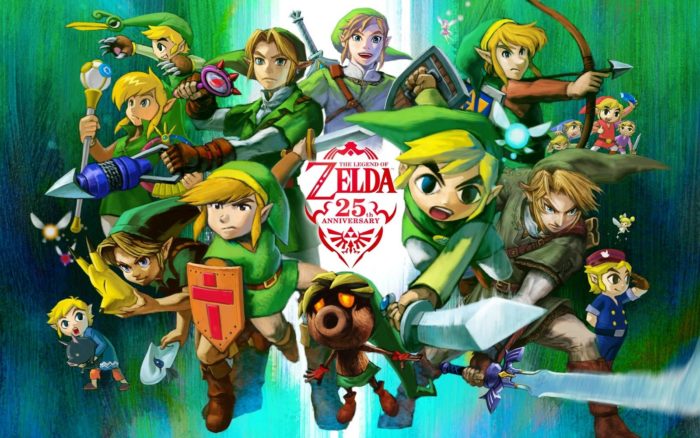
The Legend of Zelda games are all connected in complex and sometimes difficult to understand ways, but the games don’t form one cohesive narrative. For the most part, each game is about a young boy clad in green named Link setting out to save a land from a terrible evil. This evil force usually goes by the name of Ganon but new foes also take the reins from time to time. Each game typically begins with Link waking from a nap only to be quickly thrust into a harrowing situation that typically revolves around him.
Every new entry into the Legend of Zelda series may feature a similarly designed character and recognizable mechanics, but the story itself is incredibly different. Each story is connected only tangentially, meaning that knowledge of the prior game’s events might not even be pertinent to the task at hand. Each game is meant to play as a self-contained legend, building off the past and simultaneously working towards establishing a future. Scouring and conquering dangerous dungeons, mastering new items and taking down towering bosses is always fun, no matter which Zelda game you pick up. The sense of adventure and discovery is what makes the series so exceptional and so easy to jump into.
POKEMON

Each Pokemon game takes place in a new region which means new critters to catch and locations to visit. It also means that the stories never bleed into one another. You will always play as a young child setting out on their very first Pokemon adventure, leaving the small town they grew up in search of adventure.
Each region is completely distinct, often featuring Pokemon found in other regions but also working as a completely singular experience. You’ll always journey to catch at least Pokemon to form a team, defeat the region’s eight gym leaders, and challenge the Elite Four – the strongest trainers in the land. Pick up any entry in the series and you’ll get a completely unique adventure only with different sights to see. Every entry is perfect for fans and newcomers alike.
PERSONA
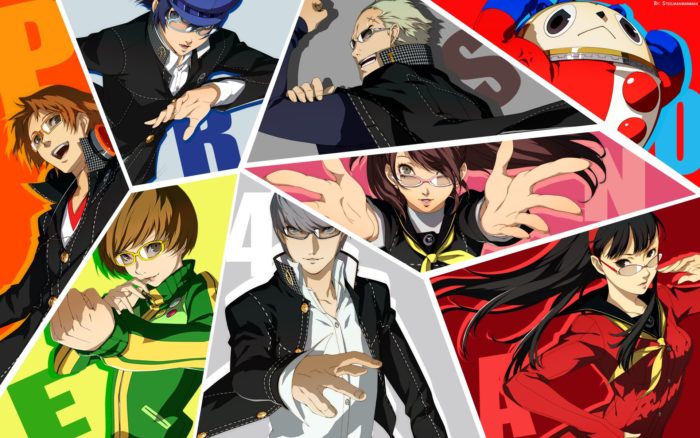
Each game in the Persona series revolves around a group of high school students who discover a dangerous world of demons. Every entry is set in a different town with a different school and a new cast. The basic premise stays the same but the games change drastically. The largest focus of the Persona games are the locations and the diverse people that fill them. Building up your bonds becomes a greater focus as the series develops.
The gameplay also remains relatively similar. It’s standard for a turn-based JRPG, allowing players to attack, defend, and summon their persona’s in order to perform devastating magical abilities. Each game also has a new mystery resolve, each one with its own supernatural twist that only serves to thicken the already deep plot.
DRAGON QUEST
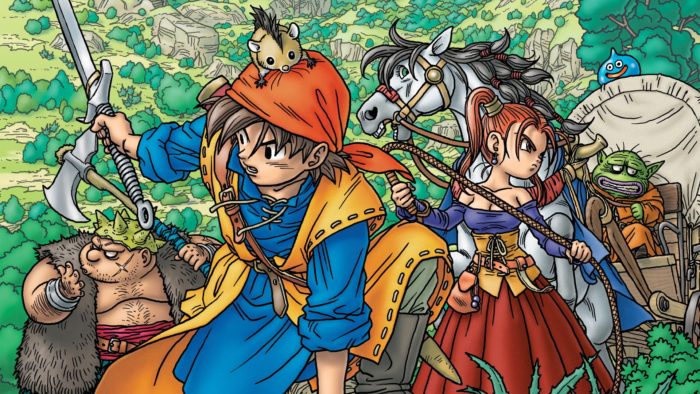
Much like Final Fantasy, the Dragon Quest games are incredibly separate from one another. But the overall style, gameplay, and storytelling are fairly uniform. The hero always assembles a band of characters to aid them in their quest to vanquish evil from the land. Each game features new art from Akira Toriyama, creator of the Dragon Ball series and an incredibly deep world, featuring new locales to explore, enemies to take down, and characters to befriend.
The gameplay and basic structures never change too much, so jumping into any entry in the series doesn’t result in confusing changes. The stories are also simple enough to remain timeless even years after they were first introduced. And the classic turn-based combat still holds up well, making it even more fun to slash apart the pesky Slime.
SUPER MARIO

No matter what Super Mario game you pick up, he’s always chasing after the spikey Bowser, trying to rescue Princess Peach once again. Story has never been a concern of the Mario series, putting pixel perfect gameplay before all else. The star of each game are the levels. Each one is brilliantly designed to test skill while remaining accessible to an incredibly wide audience of gamers.
As long as you understand how platformers work you won’t have any difficulty jumping and flipping about in Super Mario. While the graphics improve and the jump from 2D to 3D certainly mixes things up, the basic structure of jumping through a level without dying to move on to the next one still withstands the test of time.
The Elder Scrolls
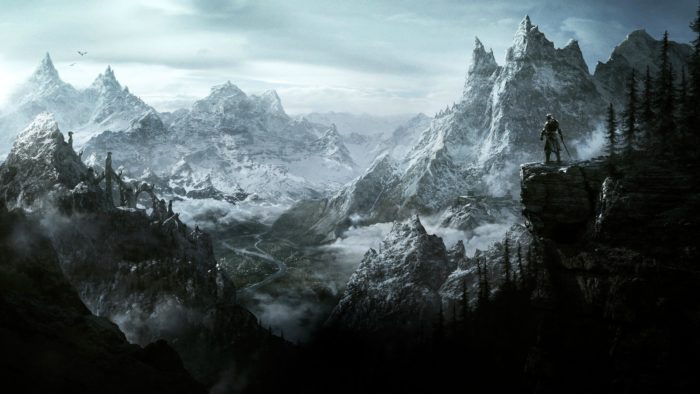
Each game in the Elder Scrolls series is set in a different part of the world of Tamriel. This means that each game builds upon the lore of the world, but you don’t need to play the games in order if you want to understand it. You can visit Skyrim first and work your way backwards, slowly discovering what the rest of the world holds.
Each Elder Scrolls title is about exploration and adventure above all else. Mastering your skills, discovering distant lands and saving the world always takes a different form depending on which entry you’re playing. The world of Tamriel is so captivating that each game is a journey to discover another small corner of the vast fantasy universe.
DARK SOULS
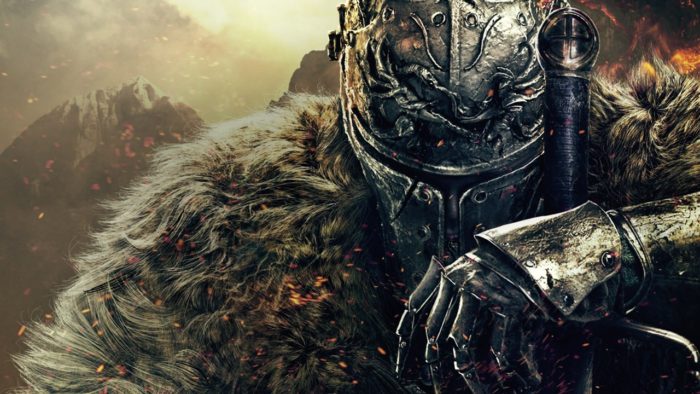
Dark Souls goes out of its way to hide its story within its cruel world. You’ll need to read item descriptions and do some real digging to fully understand the narrative of the Dark Souls series. Because of this, the series’ frustratingly difficult combat always takes center stage. The world simply serves as an exquisite backdrop for an adventure that guides players down a road painted in blood.
Even without the difficult to grasp story, the games aren’t incredibly connected, regardless. This makes it incredibly easy to jump into any game in the series, pick a class, and start the slow and steady climb to reaching a level where one hit won’t drain your entire life bar.
SUPER SMASH BROS.
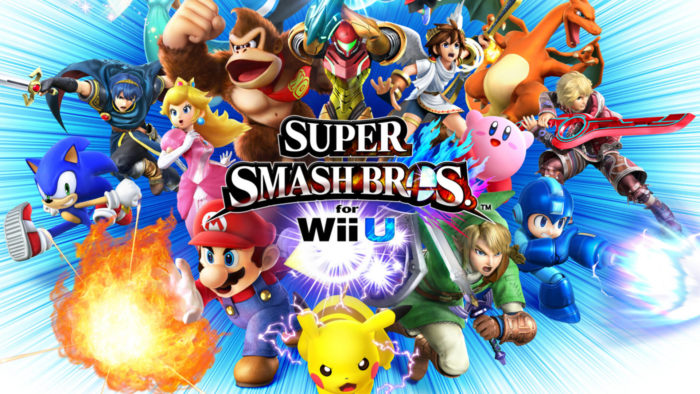
Nintendo’s flagship fighting franchise is all about the action. Only one entry in the franchise features a story mode, and it’s a weak one at that. Crafting a narrative around why all the Nintendo characters are beating the snot out of one another was never very important. The most important thing was seeing characters from our childhoods all using their signature moves and tools and pummel other Nintendo mascots.
This complete focus on mechanics meant that the most engaging thing about Super Smash Bros. was always the combat. Learning the moves of every character and how they all work against each other takes countless hours of play, but it feels great to jump into any entry in the series, take advantage of the unique mechanics, and start beating the snot out of your opponents. What separates Smash Bros. from other fighting games is that each new entry adds characters, stages, and modes, striving to separate itself from its predecessors. The characters are drawn from other franchises so you can jump into any entry and recognize at least one face.
ASSASSIN’S CREED
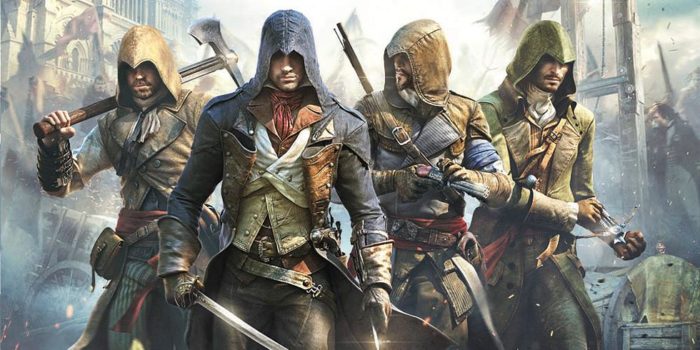
Yes, a narrative is weaved across the Assassin’s Creed games, but this futuristic mystery isn’t nearly as fun to play through as sprinting through incredibly detailed locations in the past. This part of the narrative does form a continuous story, but it quickly disappears after Assassin’s Creed 3. The stories told in the past don’t often build off one another, however, instead ushering the player to a beautiful new locale to leap through. Discovering a new assassin with each game is reason enough to play through the series. They are often as dynamic and colorful as the worlds they inhabit.
And each one has a unique set of abilities and tools, meaning that being an assassin means something slightly different in each game. You will be playing as an assassin in each title, but each new character defines the practice in their own way. The city each game is set in is a character as much as any of the assassins. You can look over the city of Istanbul from the top of the tallest Mosk, or sail throughout the Caribbean. The overarching plot is there if you want it but the parkour and stealth make for a much more engaging experience.
